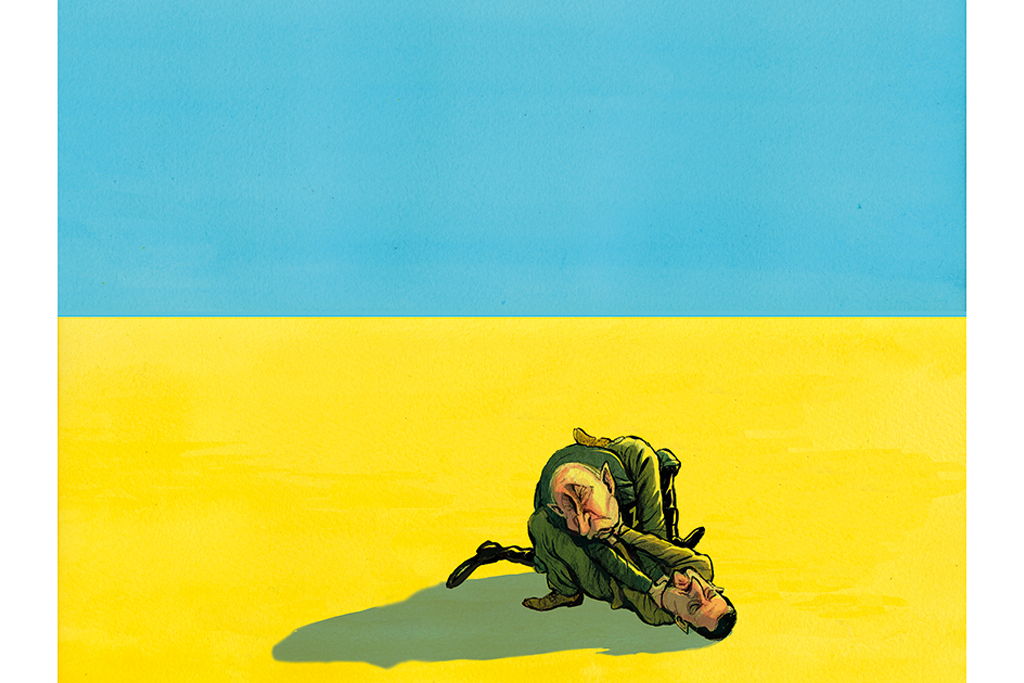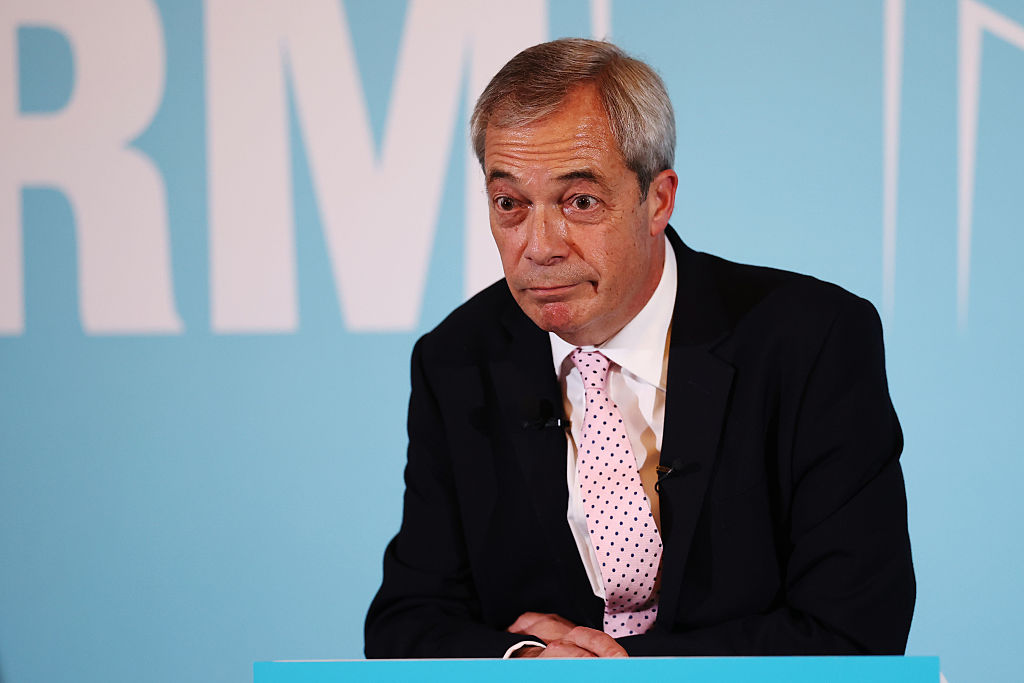Ukraine’s cultural autonomy is again under assault by Russia. Vladimir Putin appears to believe that ‘Ukraine and Ukrainian culture independent of “Mother Russia” do not exist’.
Travel to the Royal Academy of Arts on Piccadilly, to see the untruth of that statement. The exhibition, In the Eye of the Storm: Modernism in Ukraine, 1900 – 1930s, displays the works of various ‘exuberant, hyper-energetic artists in Kyiv, Kharkiv and Odesa amid the fevered optimism of socialist Ukraine’. Drawn from Ukrainian, Polish, Jewish, and Russian communities, the artists combine revolutionary, international, religious, technological, urban and rural themes with ‘the vivid colour and rhythmic compositions of Ukrainian folk and decorative art’. The effect is distinctly local, informed by the wider modernist movement but not beholden to it.
Throughout, the artists interact with a wider group of Ukrainian poets, writers, thinkers, and theatre directors, encouraged by Vladimir Lenin’s post-revolution policy of Ukrainianisation as a concession to nationalist sentiment. At the exhibition’s core is Oleksandr Bohomazov’s seminal Sharpening the Saws, ‘a wild vision of labourers tending to their perfectly geometric tools, long planes of violet, blue and crimson’. The works on show were evacuated from Kyiv in 2022 for their protection and have been touring Europe ever since.
Death lingers above this exhibition. The Storm of the title, Great Russian chauvinism, returned violently in the early 1930s. In the Executed Renaissance, Stalin ended Ukrainianisation, purging Ukraine’s intellectual and cultural elite. Hundreds of poets, writers, theatre directors and artists (including some on show at the RA) were labelled as ‘bourgeois nationalists’ and executed. Many more were sent to labour camps. Manuscripts, books and art were destroyed, and the Ukrainian language was proscribed.
Bohomazov’s own work was damaged, hidden and only restored in 2019. Ukrainianisation was replaced with Russification, an historical campaign to force Ukrainians to give up their language, identity and culture for Russia’s. Modernism was replaced by the dead end of Socialist Realism. Ukrainian culture was officially confined to a folkloric pastoral ghetto.
Soviet and earlier Tsarist attempts to erase Ukrainian culture didn’t work. Independence in 1991 marked a turning point with Ukraine making huge strides in forging a shared national, civic identity, including in the eastern Russian-speaking areas of the country erroneously claimed as ‘Russian’ by Putin. As the London think tank Chatham House explained, Ukraine’s cultural and creative sectors flourished after the Revolution of Dignity in Kyiv in 2014, and again after Russia’s full scale invasion in February 2022 when a Russian Storm of steel returned, driven by Putin’s own chauvinism..
Unesco has verified war damage to 431 cultural sites in Ukraine, much of it deliberate. As the British Ambassador to the OSCE noted last year, Russia’s campaign against Ukrainian identity doesn’t ‘stop with attacks on monuments, religious museums, religious sites, museums and art galleries’. In a ghastly echo of the 1930s, it is accompanied by the murder of Ukrainian artists and writers, ‘re-education’ of children in occupied Ukraine to prevent them speaking their language or understanding their heritage, or – worse of all – forcibly deportating them to Russia itself to an unknown fate.
Russia’s utter contempt for Ukraine’s human rights should outrage us all. As Keir Starmer told European leaders at Blenheim Palace last week, at the heart of these rights is the word ‘dignity… the very essence of what it is to be human’. Ukrainians have shown incredible dignity in adversity which has provoked a ‘deep cultural response’.
Ukrainian cultural identity is ‘both as a symbol of resistance and a source of inspiration for the future’. Its survival is a central front of the war effort. Unesco is leading the international effort (including the UK) to support ‘artists and cultural professionals in Ukraine, protect and restore sites, and revive cultural life’. They estimate this will cost around £500 million per annum for the next decade. The alternative is the Storm enduring.







Comments